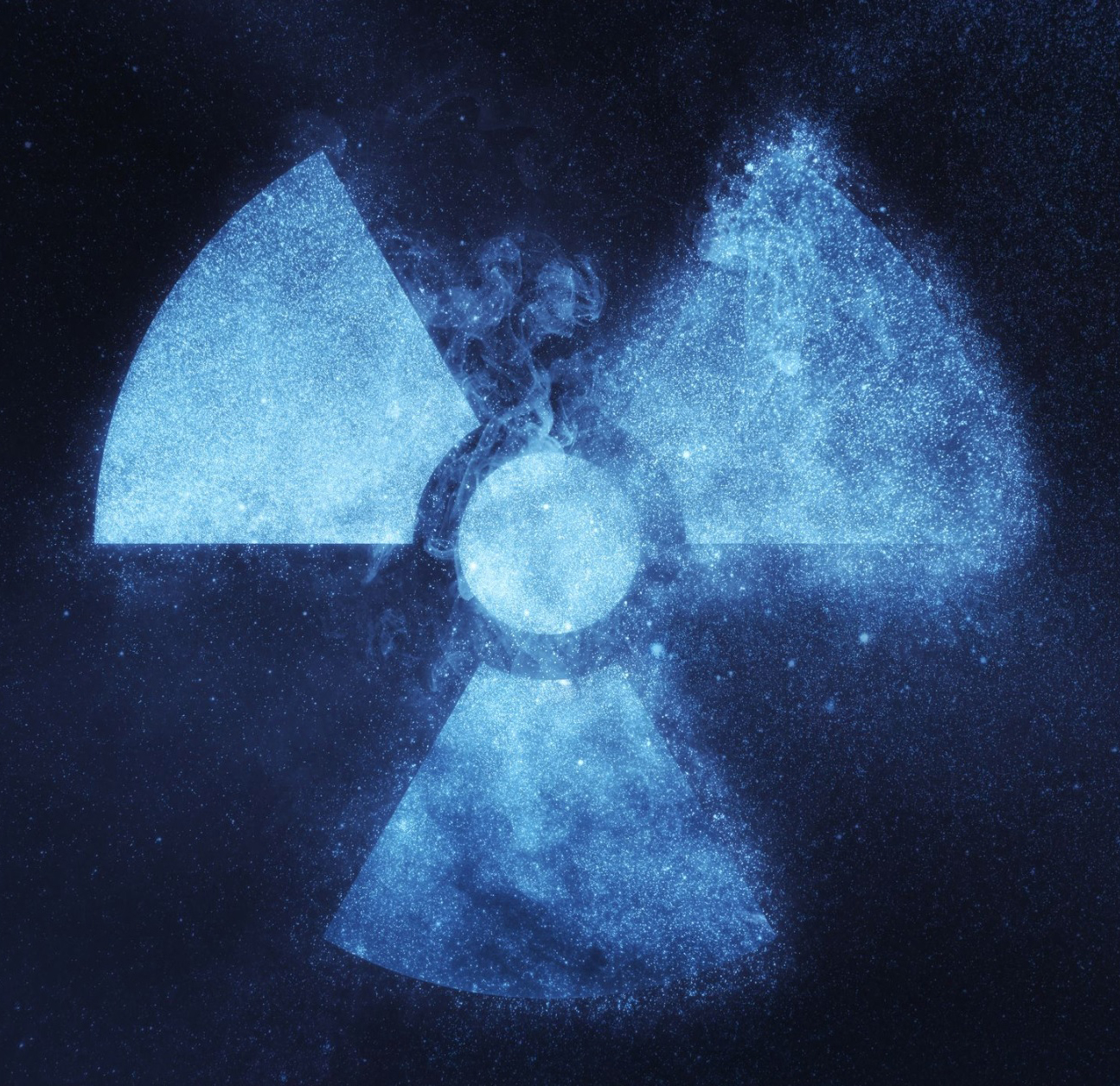
For the last several decades, nuclear power has been viewed by many in the US and abroad as an energy source that’s too risky, not “Green” enough, or otherwise undesirable.
With climate change alarm bells clanging and countries around the world looking to cease imports of Russian oil and gas, nuclear’s starting not to look so bad.
This week the Biden administration launched a six-billion-dollar bailout initiative to keep existing nuclear plants in the US up and running.
As of February, about 19 percent of total electricity generated in the US came from nuclear energy.
Broken down a bit more, there are 55 commercially operating nuclear plants with 93 reactors located across 28 different states.
Simultaneously, the price of natural gas dropped as fracking technology improved, giving nuclear reactors some tough competition for providing baseload power to utilities.
Since 2013, a dozen reactors ceased operations before their operating permits expired, which the US Department of Energy said caused “a rise in emissions in those regions, poorer air quality, [and] the loss of thousands of high-paying jobs.”
“US nuclear power plants contribute more than half of our carbon-free electricity, and President Biden is committed to keeping these plants active to reach our clean energy goals,” Energy Secretary Jennifer Granholm said in a statement.
